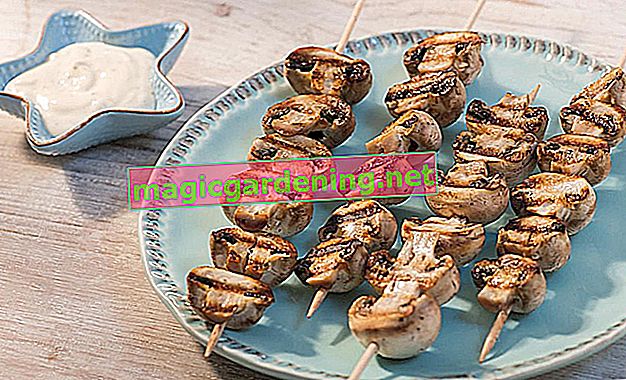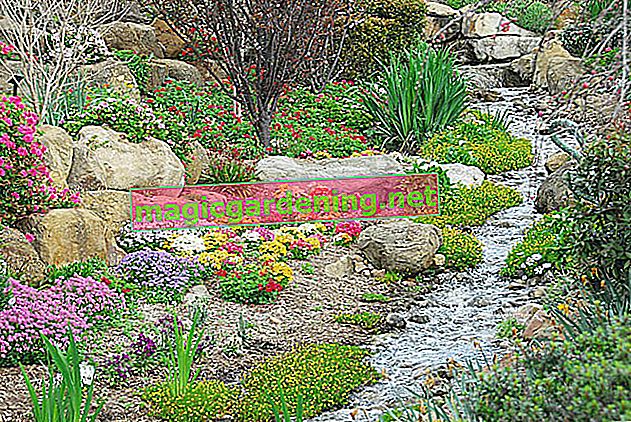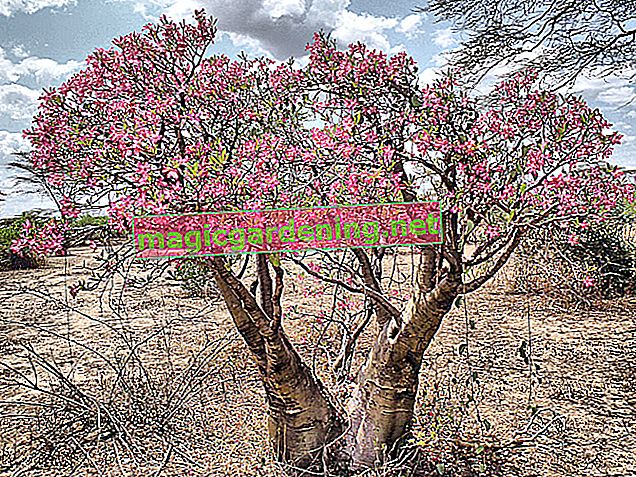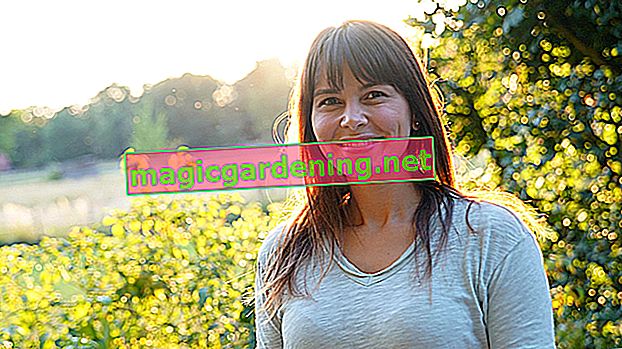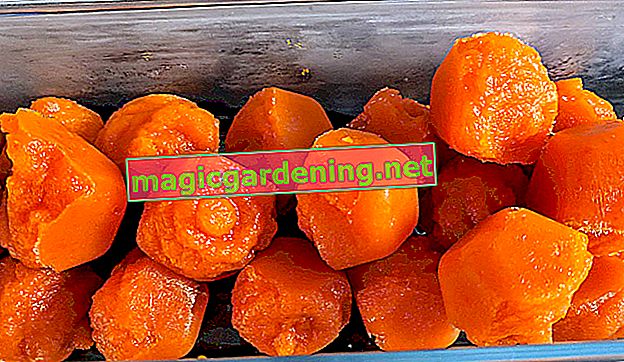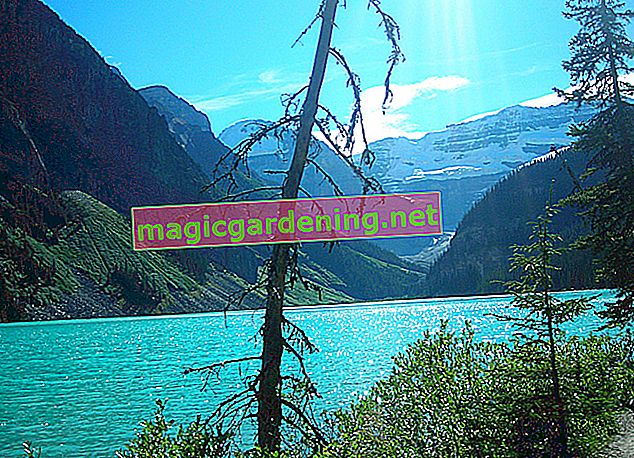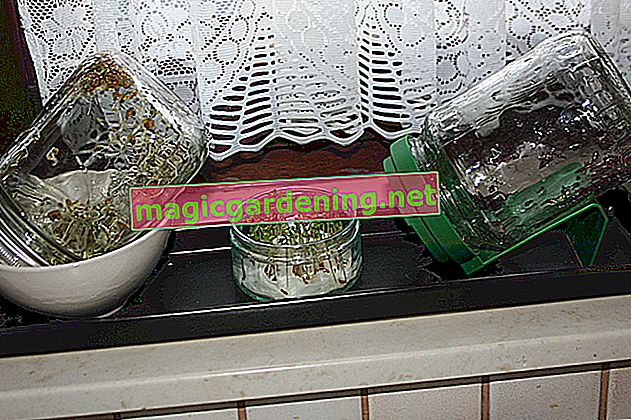
Growing a nectarine tree yourself - it starts with the core
Raising a nectarine tree begins with the core of a nectarine. Let this dry completely over a period of several weeks or months. To get the core to germinate, fill a six-inch clay pot with potting soil that shouldn't be too wet. Plant the nectarine seed about 8 centimeters deep in the ground.
also read
- Planting a nectarine tree yourself - instructions
- Grow an apple tree yourself
- Pull a peach tree from the core yourself - this is how it works
From the nectarine stone to the seedling
If you keep the soil evenly moist and at an optimal room temperature of 24 degrees Celsius, you will discover a seedling after just under a month. As an alternative to potting soil, you can bed the core of the nectarine on cotton wool, which should also be kept moist. With this variant, the germination process takes a little longer.
Comfort conditions for the seedling
So that the small plant can become a small nectarine tree, the seedling needs optimal conditions, which include
- no waterlogging,
- Temperatures over 20 degrees Celsius and
- a place in the sun.
As soon as the seedling gets bigger, it can be repotted in a larger pot. Because of its ability to hold water, use a clay pot, not a plastic one.
The first harvest
With appropriate care and gardening skills, you will be able to harvest the first fruits after a few years, although it can take five to seven years until then. However, the taste of the nectarines that you harvest from a self-grown nectarine tree differs significantly from the fruit you buy in stores. The reason is that refined fruits are sold in the trade.
Tips & Tricks
Before you put the nectarine seed in the ground, it must be completely dry. The reason is that it needs so-called stimulation in order to germinate, i.e. a kind of hibernation. Only then is growth stimulated. That is why it makes sense to store the core in a cool, dry and dark place over the winter so that it can only be planted in a pot in spring.

